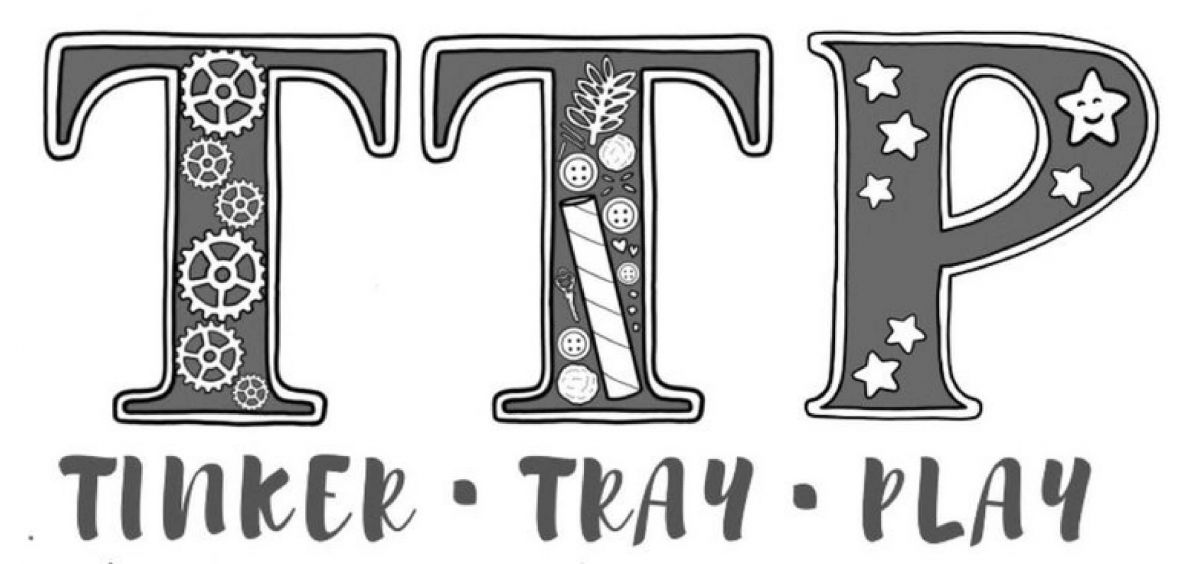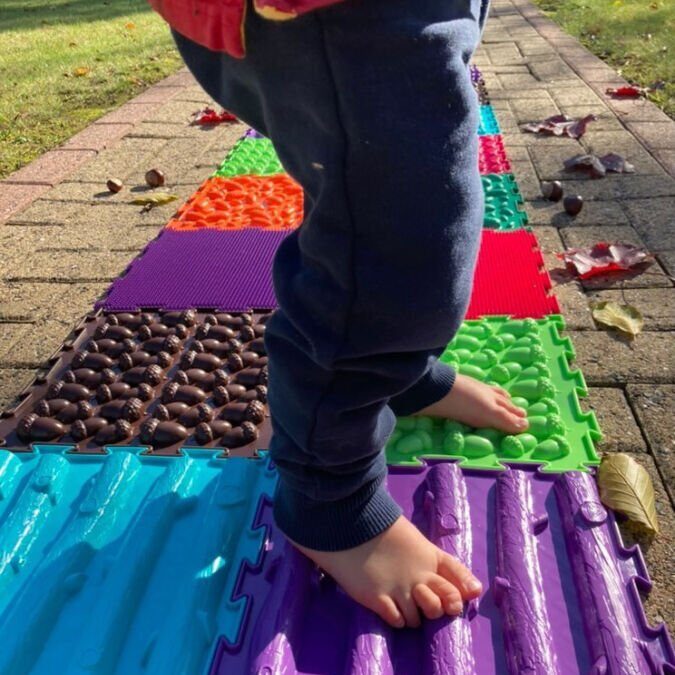
Our feet no longer experience the varied textures of nature that our ancestors were so used to before the days of concrete cities.
Science has shown that this stimulation of the feet is an integral part of development, especially for young children, which is why we’re bringing the textures of nature into the home so your children can experience the benefits of barefoot stimulation and explore the world by touch as nature intended.
Walking barefoot might be something you only do at home. But for many, walking and exercising barefoot is a practice they do daily.

Kids also receive feedback from the ground when they walk barefoot, and it improves their proprioception (awareness of their body in space).
As a child gets older, we shove their feet into shoes and lose the benefits that come from walking barefoot.
That’s why advocates of barefoot walking and exercising are pushing back on wearing shoes all day long and encouraging all of us to let our feet be free.

“The most straightforward benefit to barefoot walking is that in theory, walking barefoot more closely restores our ‘natural’ walking pattern, also known as our gait,” explains Dr. Jonathan Kaplan, foot and ankle specialist and orthopedic surgeon with Hoag Orthopaedic Institute.
But if you go to any running or walking store and look at several different pairs of shoes, you’ll see that many of them have excessive cushioning and support.
While this pillow-type padding can feel pretty amazing when you walk in these types of shoes, board-certified podiatrist and foot surgeon Dr. Bruce Pinker says they can prevent you from using certain muscle groups that can actually strengthen your body.
Benefits of walking barefoot include:
* better control of your foot position when it strikes the ground
* improvements in balance, proprioception, and body awareness, which can help with pain relief
* better foot mechanics, which can lead to improved mechanics of the hips, knees, and core
* maintaining appropriate range of motion in your foot and ankle joints as well as adequate strength and stability within your muscles and ligaments
* relief from improperly fitting shoes, which may cause bunions, hammertoes, or other foot deformities
* stronger leg muscles, which support the lower back region

